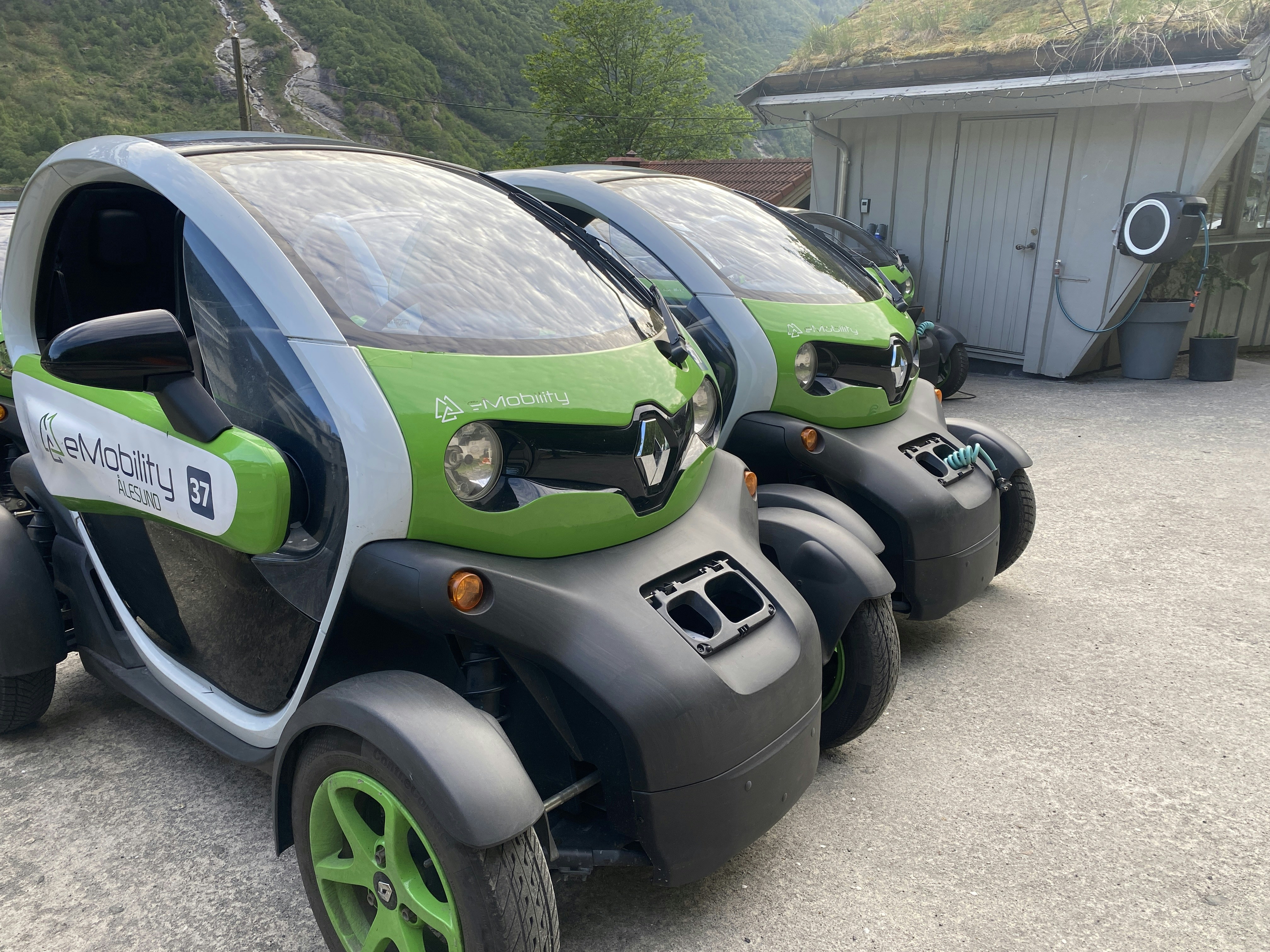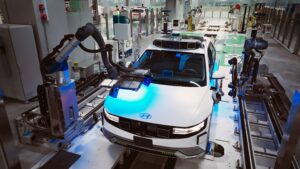
Introduction to the Evolving Landscape
The automobile industry in the USA is currently undergoing a significant transformation, driven by a variety of factors that are reshaping its landscape. Over the past few years, notable shifts have emerged in technology, consumer preferences, and regulatory measures that collectively influence the sector’s direction. As electric and autonomous vehicles gain traction, traditional car manufacturers are increasingly investing in research and development to stay competitive. This trend signifies a pivot away from conventional internal combustion engines towards sustainable alternatives, highlighting the industry’s commitment to environmental concerns.
One of the most remarkable technological advances is the rise of electric vehicles (EVs), which are becoming a central concern for both consumers and manufacturers. The introduction of new models with enhanced battery life and charging infrastructure has made electric cars a practical choice for more buyers. Furthermore, the integration of advanced technologies, such as artificial intelligence and machine learning, facilitates not only autonomous driving features but also improved safety measures and driving experiences. Such innovations are likely to redefine consumer expectations and purchasing behaviors in the automobile market.
Additionally, changing preferences have underscored a shift towards mobility solutions rather than merely owning a car. Consumers are increasingly considering ridesharing services and electric bikes as viable alternatives to personal car ownership. This trend is compunded by a heightened awareness of sustainability, prompting many to seek out electric options and eco-friendly practices from automotive manufacturers.
The COVID-19 pandemic has further impacted the industry, causing disruptions in production and shifting sales patterns. With supply chain challenges and semiconductor shortages, the automobile market has faced uncertainty. Nevertheless, the crisis has accelerated the shift towards digital purchasing experiences and online vehicle sales, enabling consumers to adapt to a new normal. Collectively, these dynamic trends are indicative of an evolving automobile industry that is responding proactively to changing conditions and consumer demands.
Rise of Electric Vehicles (EVs)
The automobile industry in the USA is witnessing a significant transformation with the rise of electric vehicles (EVs). This shift is primarily driven by advancements in battery technology, which have substantially improved the performance, range, and affordability of EVs. Enhanced battery efficiency enables electric cars to cover longer distances on a single charge, alleviating range anxiety for consumers and making them a more viable alternative to traditional gasoline-powered vehicles.
Government incentives also play a crucial role in promoting the adoption of electric vehicles. Numerous federal and state programs provide tax credits, rebates, and grants to consumers who purchase or lease EVs. These financial incentives lower the overall cost of ownership, making electric vehicles an attractive option for many buyers. Additionally, there are growing regulatory pressures that encourage thetransition to cleaner transportation options, further stimulating the automobile market’s electrification trend.
Environmental awareness among consumers has surged in recent years. Many buyers are now more concerned about their carbon footprint and the long-term sustainability of their choices. This shift in mindset is reflected in the increasing demand for electric cars, as they are seen as a more environmentally friendly alternative to traditional vehicles. As a result, major automakers are transitioning their fleets towards electrification, with companies like General Motors and Ford announcing ambitious plans to shift their production toward electric models. This not only reinforces their commitment to sustainability but also positions them competitively in a rapidly evolving market.
Furthermore, the emergence of startups focusing exclusively on electric vehicles has added to the dynamism of the automobile industry. These companies are often at the forefront of innovation, offering cutting-edge designs and advanced technology that cater to the evolving preferences of consumers. Their presence is reshaping the competitive landscape, compelling established manufacturers to adapt and innovate.
Self-Driving and Automated Technologies
The development of self-driving and automated technologies represents one of the most significant advancements in the automobile industry. Numerous automakers and tech companies are collaborating to advance these technologies, making strides towards integrating autonomous systems into their vehicles. A notable focus has been on enhancing vehticle safety, with research indicating that self-driving cars could drastically reduce the number of road accidents caused by human error.
Current state-of-the-art research is heavily centered around artificial intelligence and machine learning, enabling automobiles to interpret vast amounts of data from sensors and cameras. These technologies allow vehicles to navigate complex environments, make real-time decisions, and optimize routes. Partnerships between traditional automotive manufacturers and technology firms have become increasingly common, as both industries seek to leverage each other’s expertise to propel the development of automated driving systems forward. Noteworthy collaborations include those between Ford and Argo AI, as well as General Motors with Cruise Automation.
Nevertheless, the integration of self-driving technologies into vehicles faces numerous regulatory challenges. Government bodies are still grappling with the necessary regulations to ensure safety and accountability for autonomous vehicles. Additionally, the legal implications of self-driving cars in case of accidents remain a concern. Public perception also plays a crucial role; while many welcome the potential benefits, there is considerable skepticism regarding the reliability and safety of these automated systems. Consumer trust is vital to widespread adoption and must be earned through rigorous testing and transparent communication regarding the performance of these vehicles.
The implications of widespread automated vehicle deployment extend beyond individual cars; they significantly impact urban planning and traffic management. Self-driving cars promise to optimize traffic flow and reduce congestion, which potentially transforms the landscape of city infrastructure. In conclusion, the advancements in self-driving and automated technologies are paving the way for a new era in the automobile industry, raising important discussions about safety, ethics, and the future of urban mobility.
Sustainability and Eco-Friendly Practices
The automobile industry in the USA is increasingly prioritizing sustainability and eco-friendly practices, demonstrating a profound commitment to reducing environmental impact. As public awareness of climate change grows, automakers are re-evaluating their production methods to incorporate greener manufacturing processes. This entails the utilization of renewable energy sources, such as solar and wind power, to minimize reliance on fossil fuels during car production. Consequently, these industries are not only redicing their carbon footprints but are also setting a precedent for others by adopting cleaner technologies.
In addition to energy conservation, automakers are becoming more innovative in sourcing sustainable materials for their vehicles. Many manufacturers are increasingly using recycled materials, thereby reducing the demand for new resources and minimizing waste. Biodegradable composites and eco-friendly textiles are also being integrated into vehicle designs, which showcases a shift toward more responsible consumption patterns. The goal is to create automobiles that not only meet consumer demands but also contribute positively to the environment.
Furthermore, leading companies in the automotive sector are actively engaged in initiatives to recycle and reuse vehicle components. End-of-life vehicles can be dismantled, with parts being repurposed or recycled, which curtails unnecessary waste in landfills. Collaborative efforts with local communities to promote environmental responsibility also play a significant role in fostering a culture of sustainability around automobile usage. Many manufacturers are working towards transparency, encouraging consumers to consider the sustainability of their automotive choices.
Looking ahead, the vision of achieving net-zero emissions is becoming a central goal for the automobile industry. With ongoing research and development in electric vehicles and altetnative fuels, the path toward a more sustainable automotive landscape appears promising. All these efforts signify a fundamental shift towards embracing eco-friendly practices, setting benchmarks for future developments in the automobile sector.





